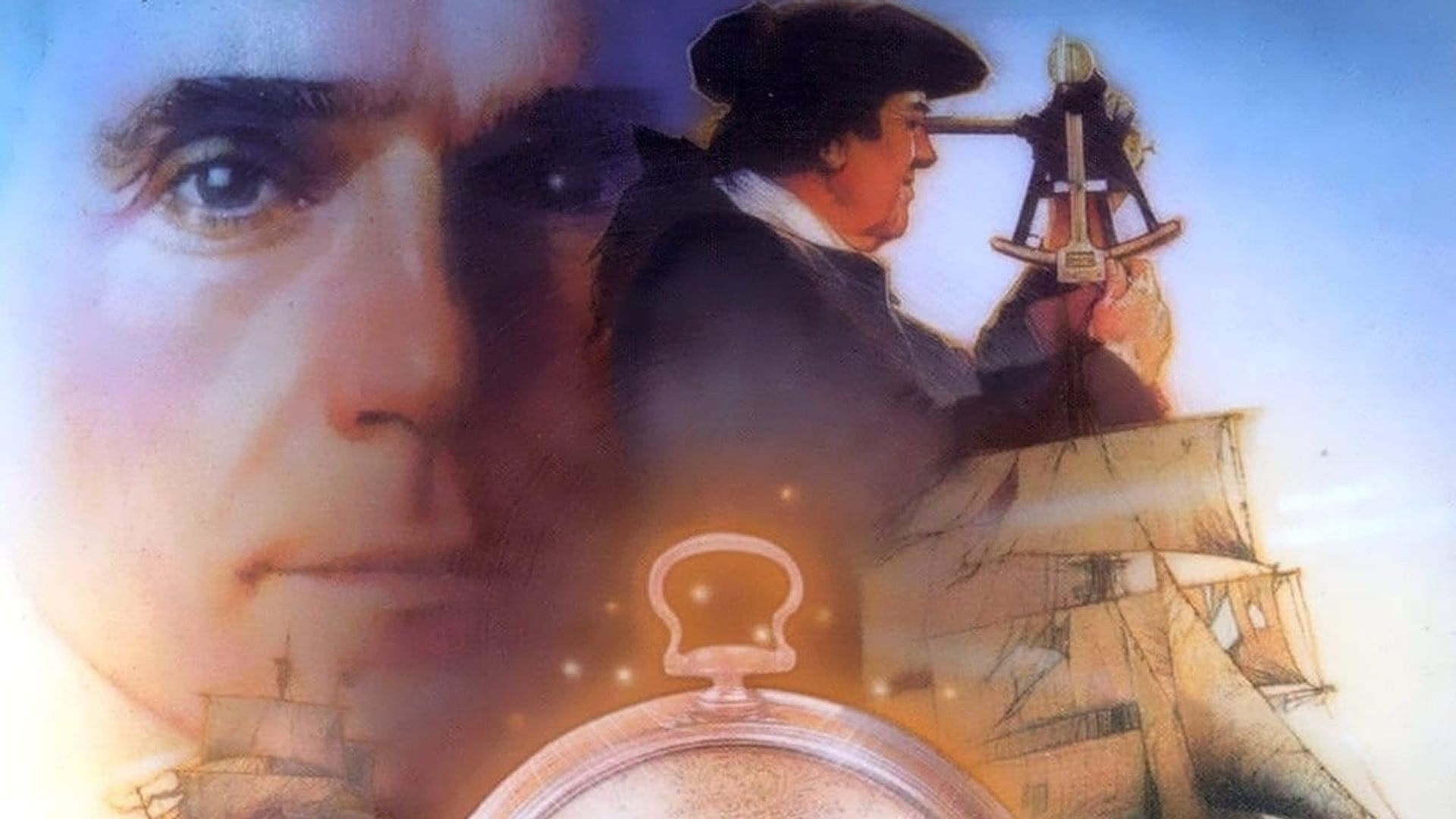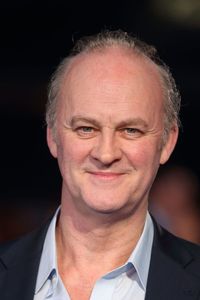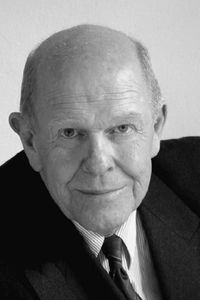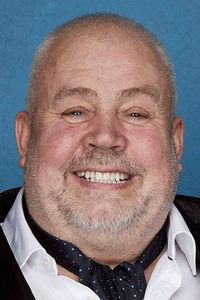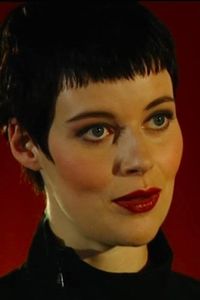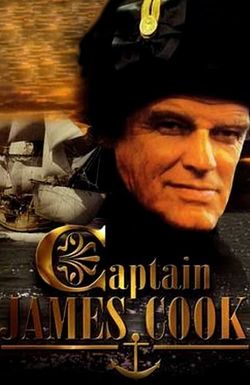In the 18th century, navigating the seas accurately was a significant challenge, as observing the sun or stars only provided latitude, not longitude. The British Parliament offered a substantial prize for a solution, and craftsman John Harrison built a marine chronometer, a clock that could accurately keep time at sea. However, the Board of Longitude was skeptical of his approach, making it difficult for him to claim the prize. The story is told alongside the 20th-century tale of Rupert Gould, who became obsessed with restoring Harrison's clocks to working order, threatening to ruin his life.
Longitude
Two parallel stories unfold, tracing the development of the marine chronometer, a crucial innovation for safe sea navigation in the 18th Century, and its meticulous restoration by a dedicated horologist in the 20th Century.
